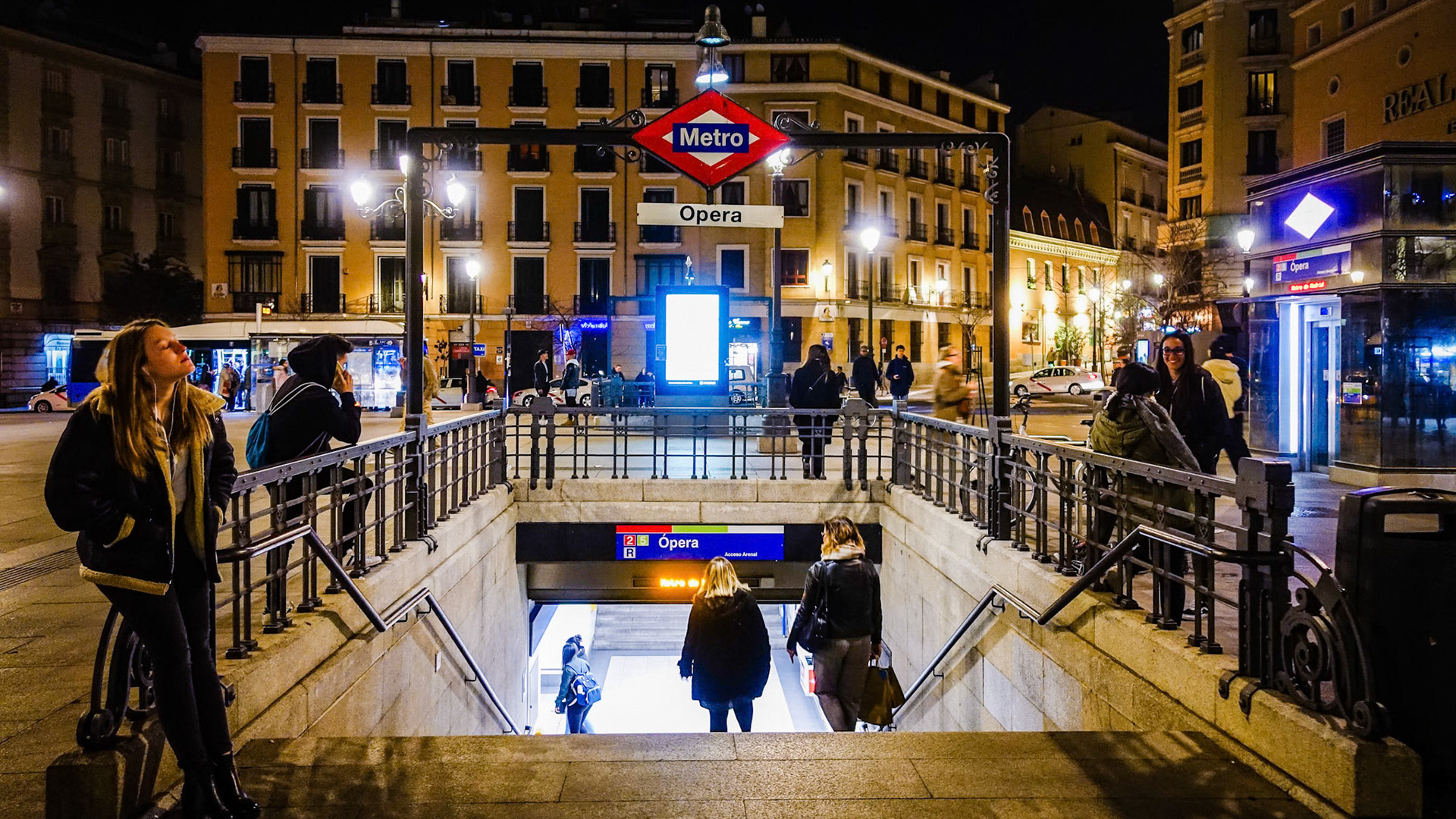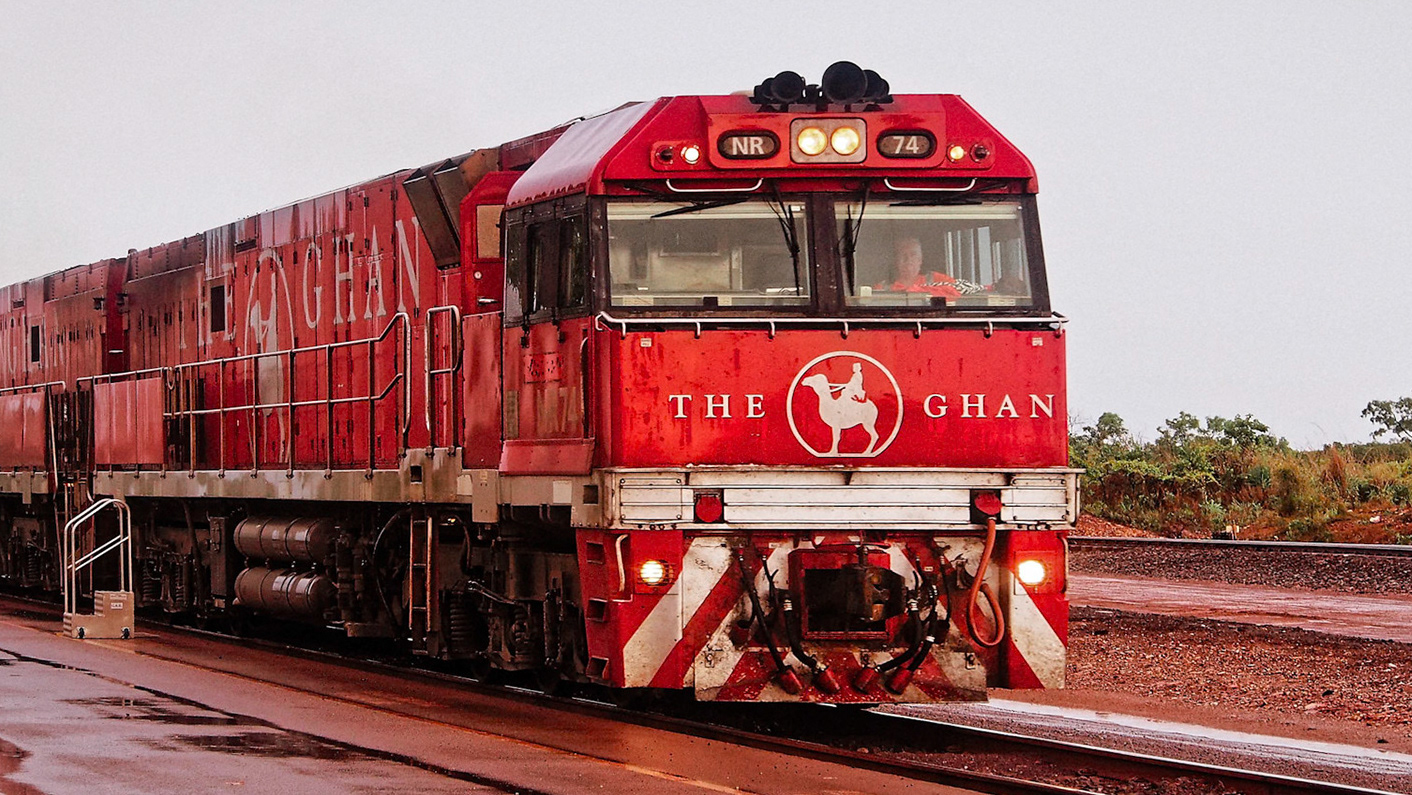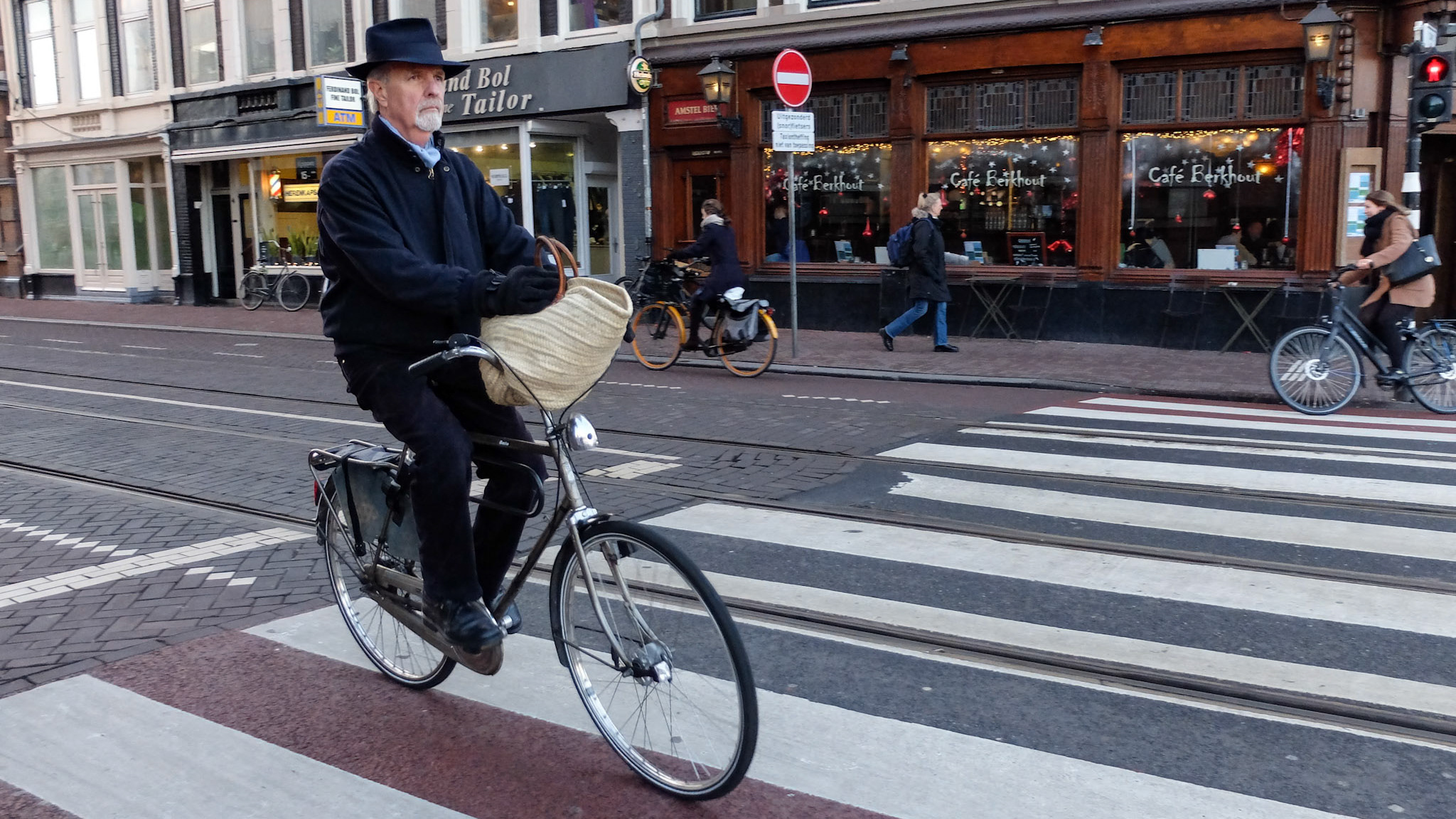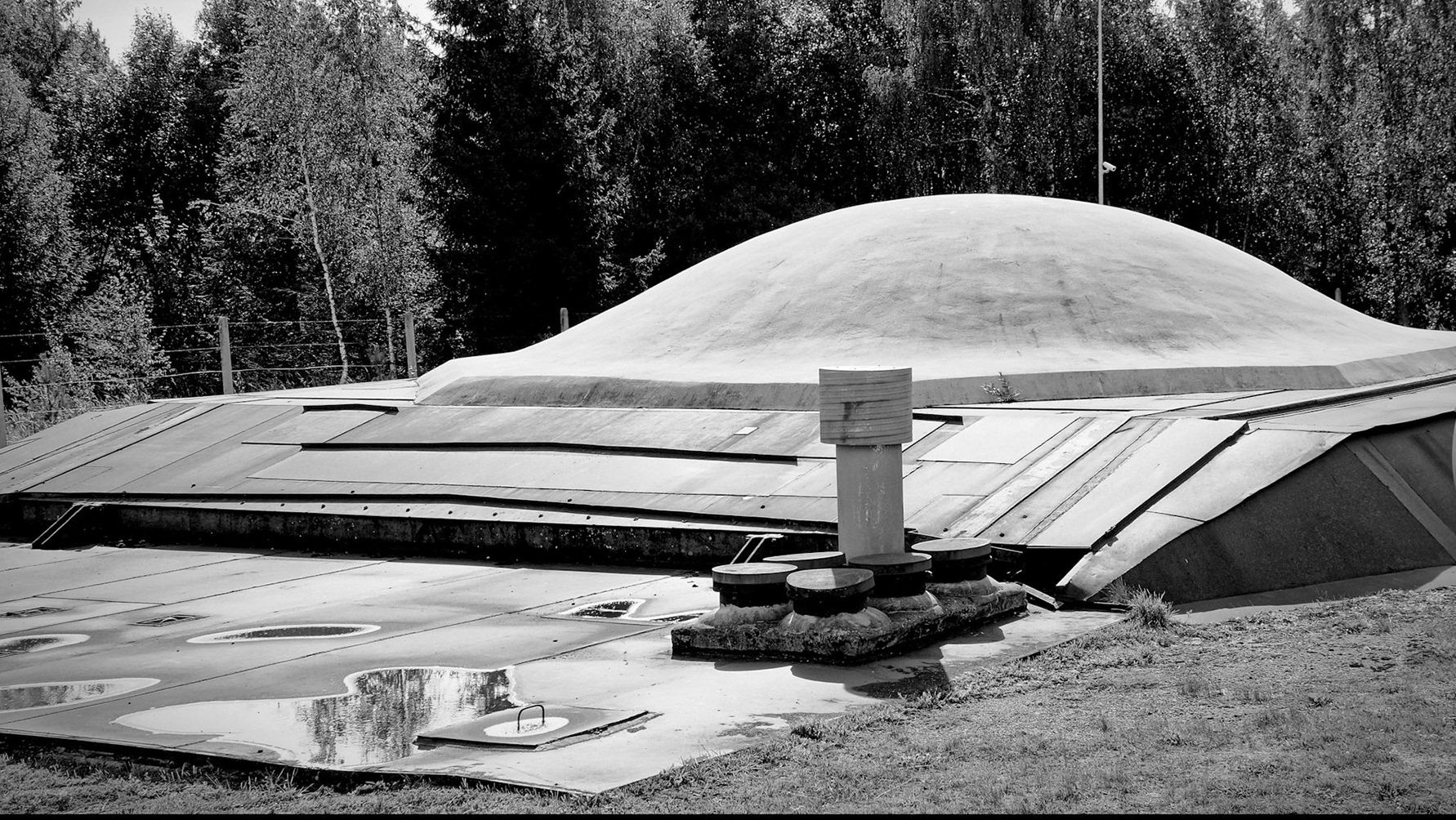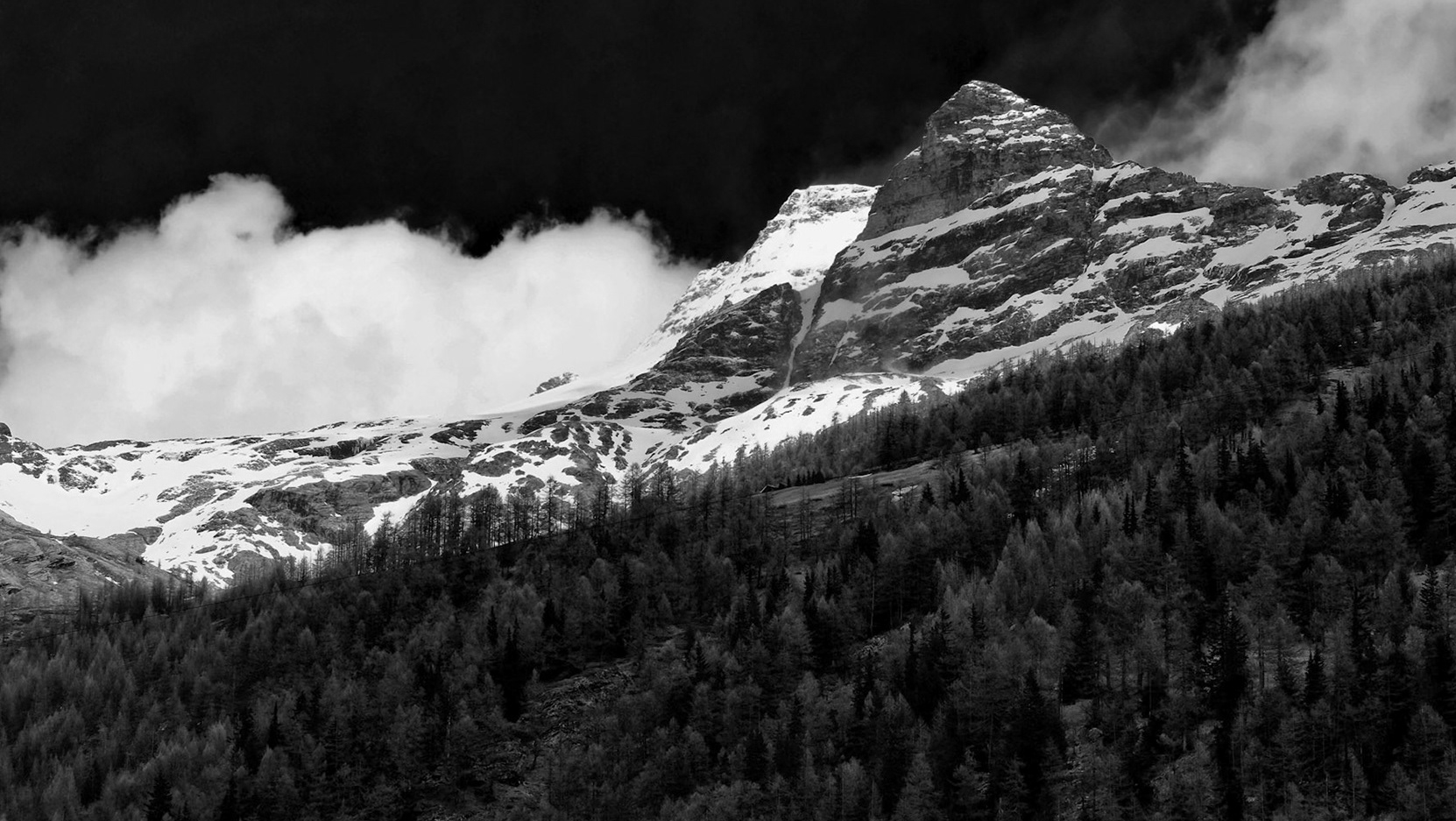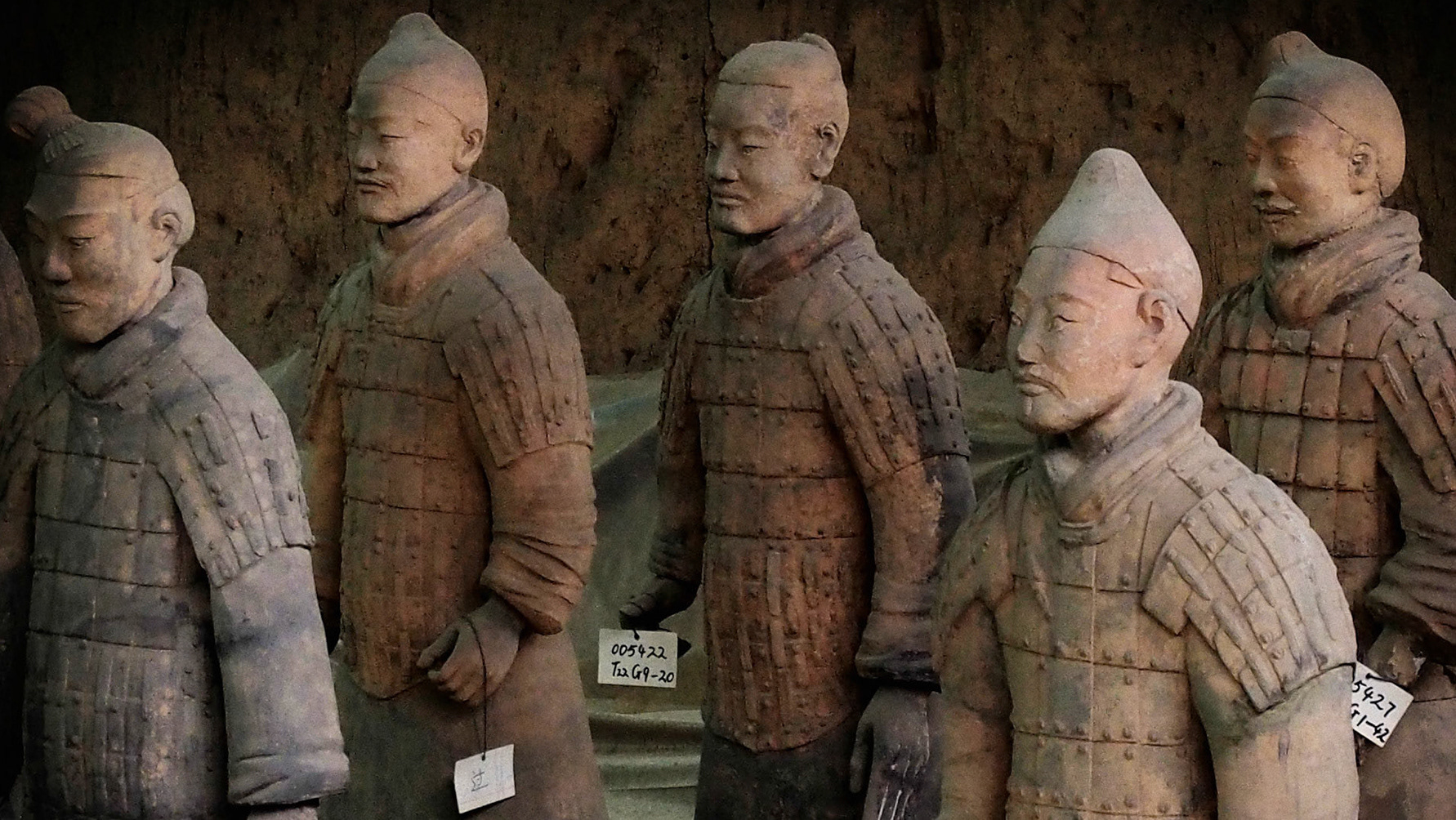







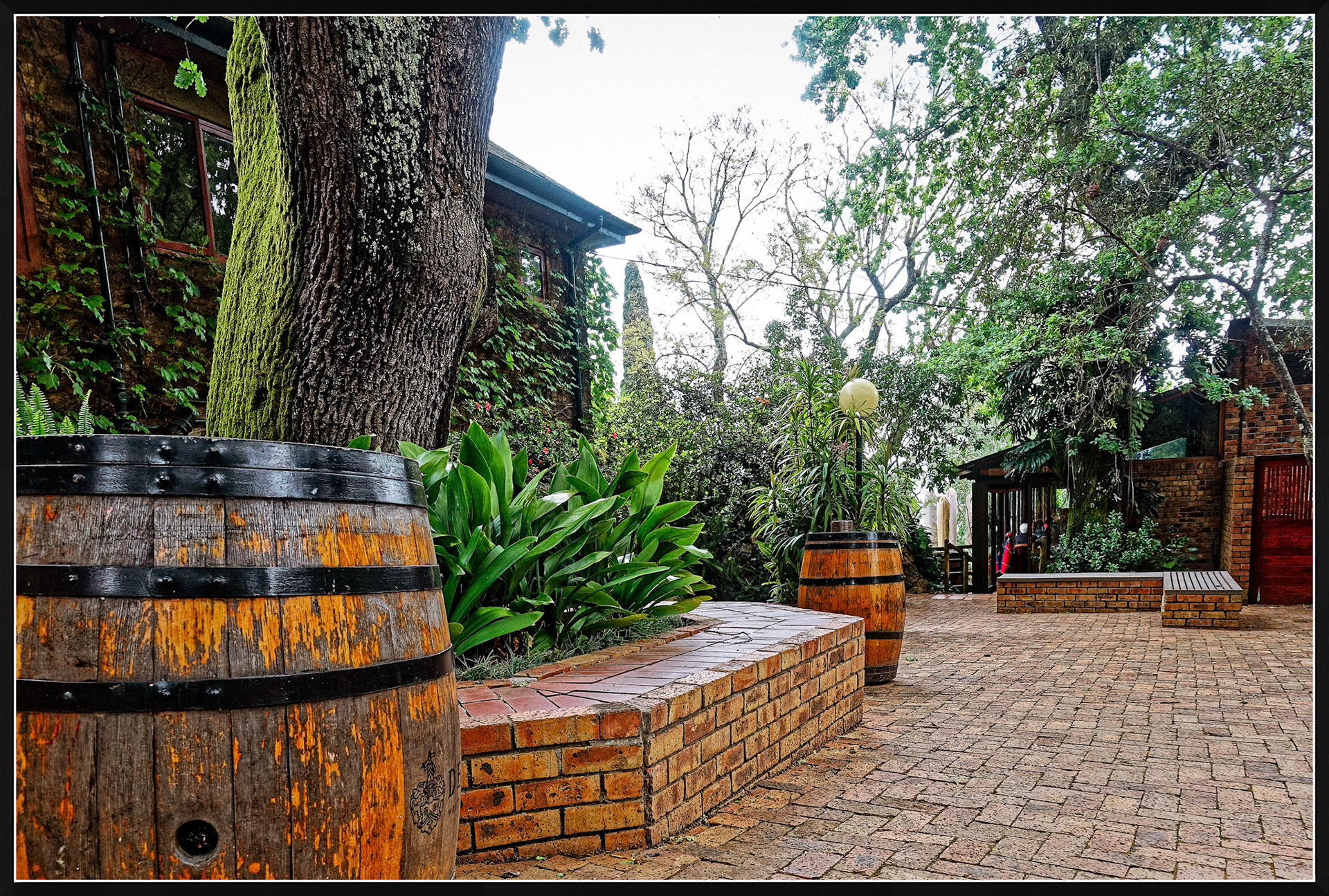




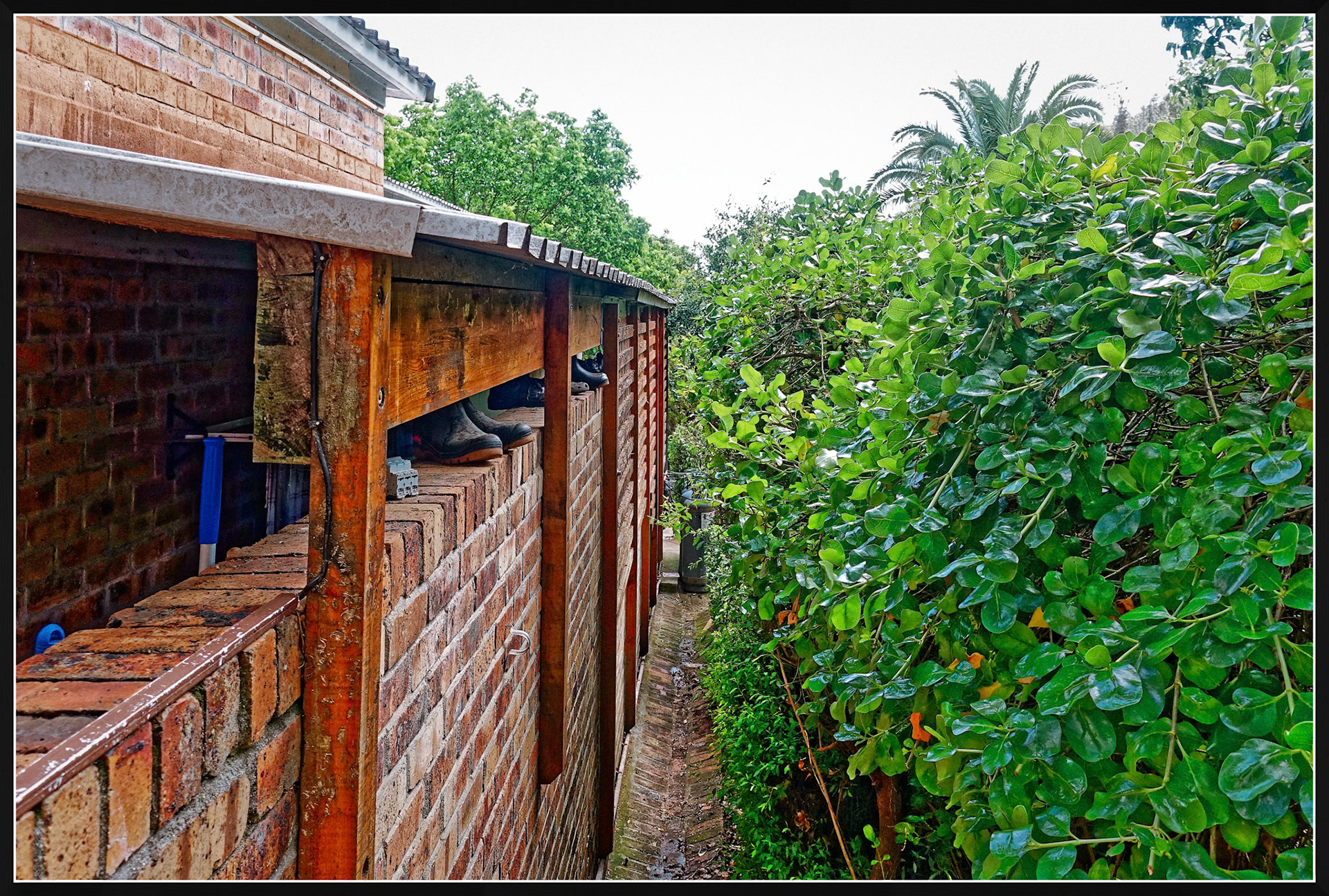









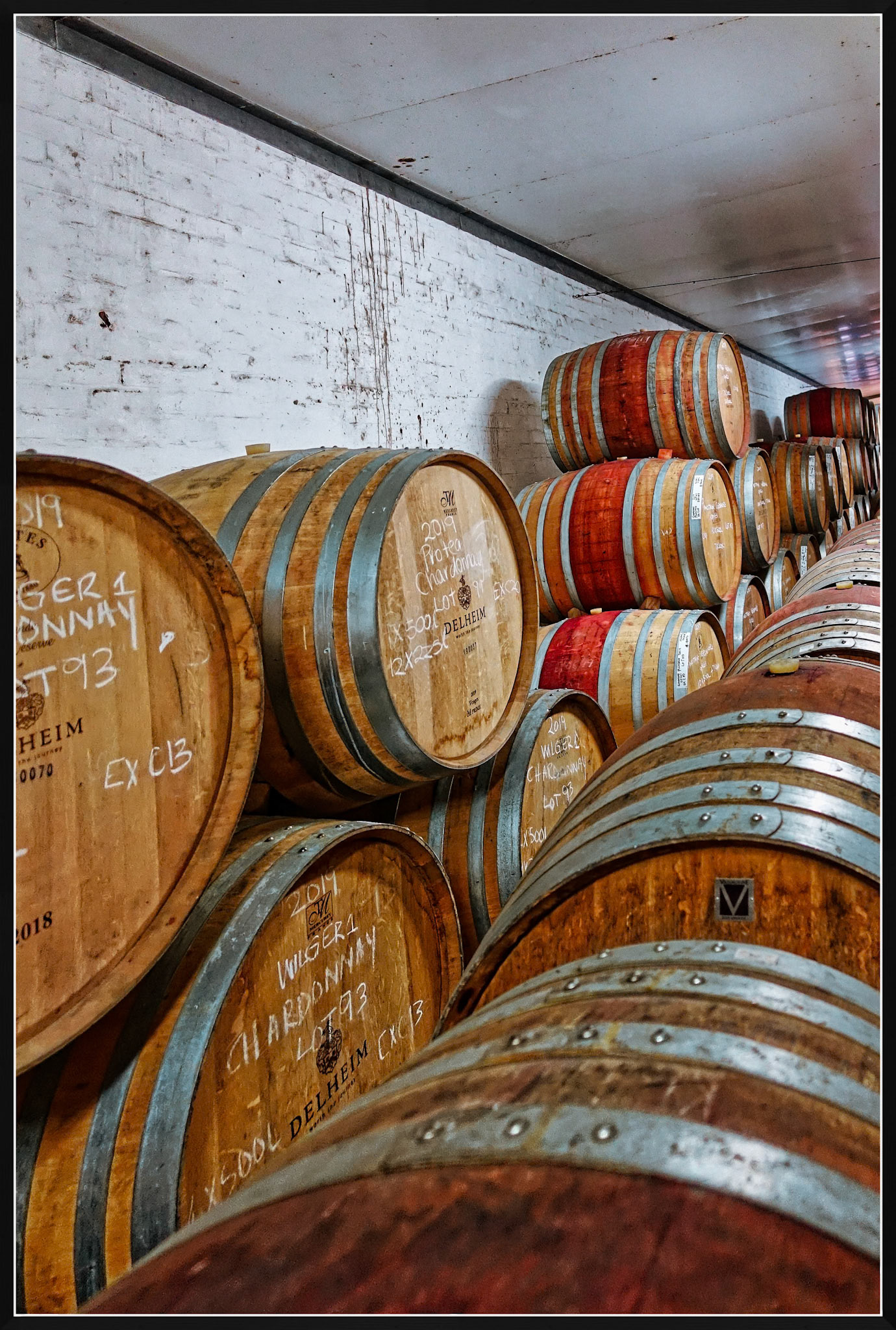


























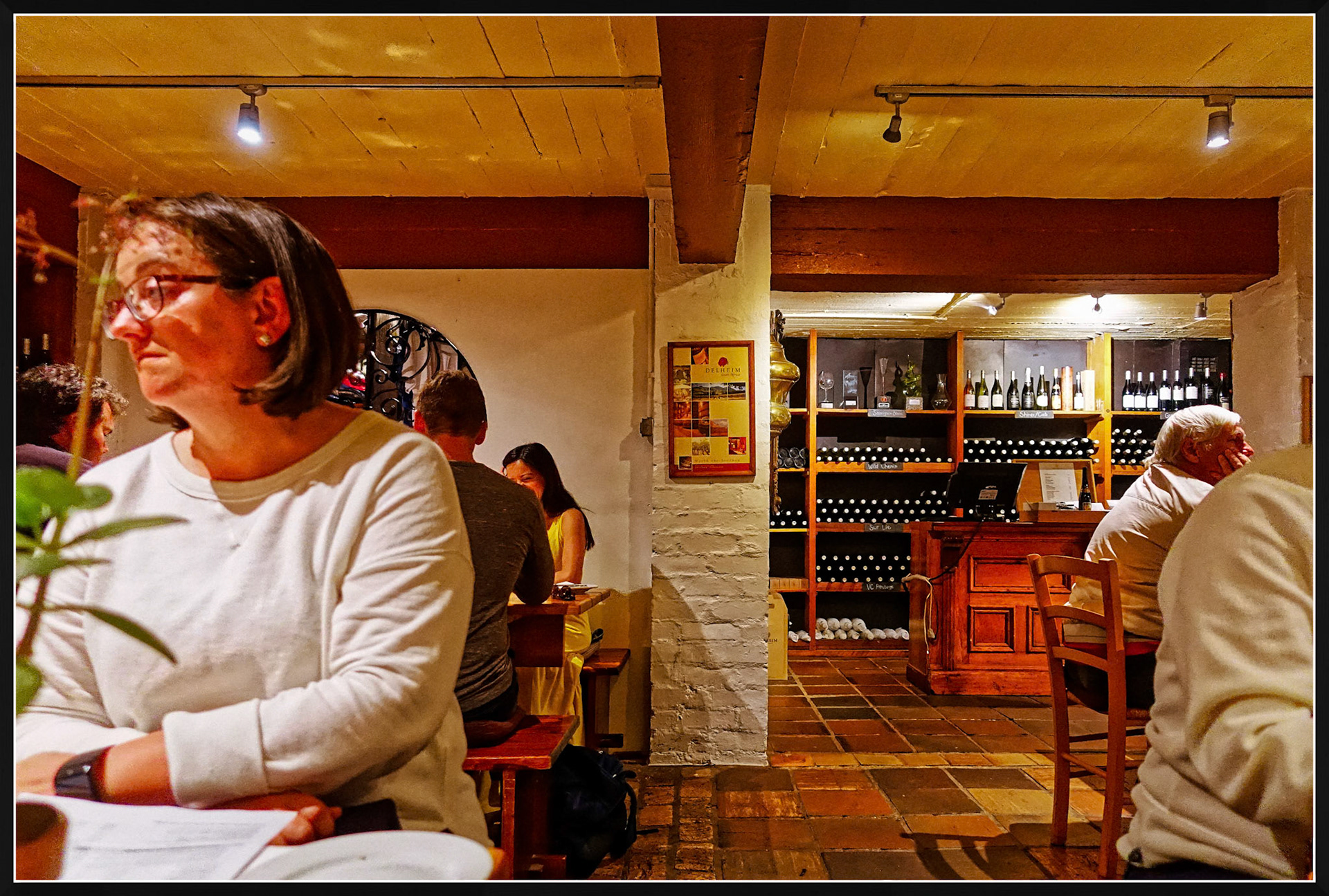


Traveling through Stellenbosch when driving to Cape Town. We stopped for lunch at this vineyard and winery. Whilst my travel companions sampled the wares, I went for a little wander. I don't know if I was really allowed to poke my nose in the places I did, but it was fascinating to see all the machinery used to produce the wines.





















































